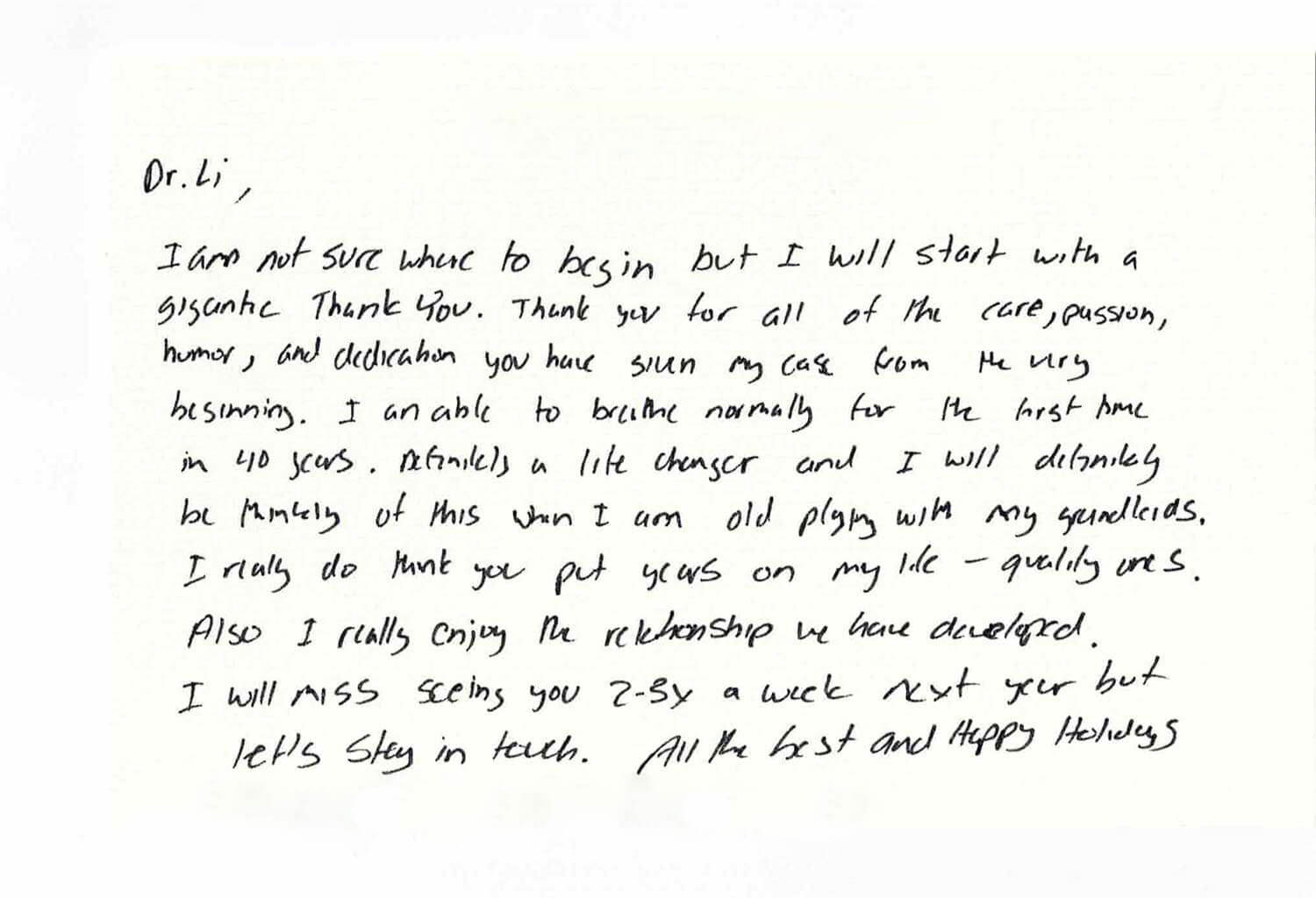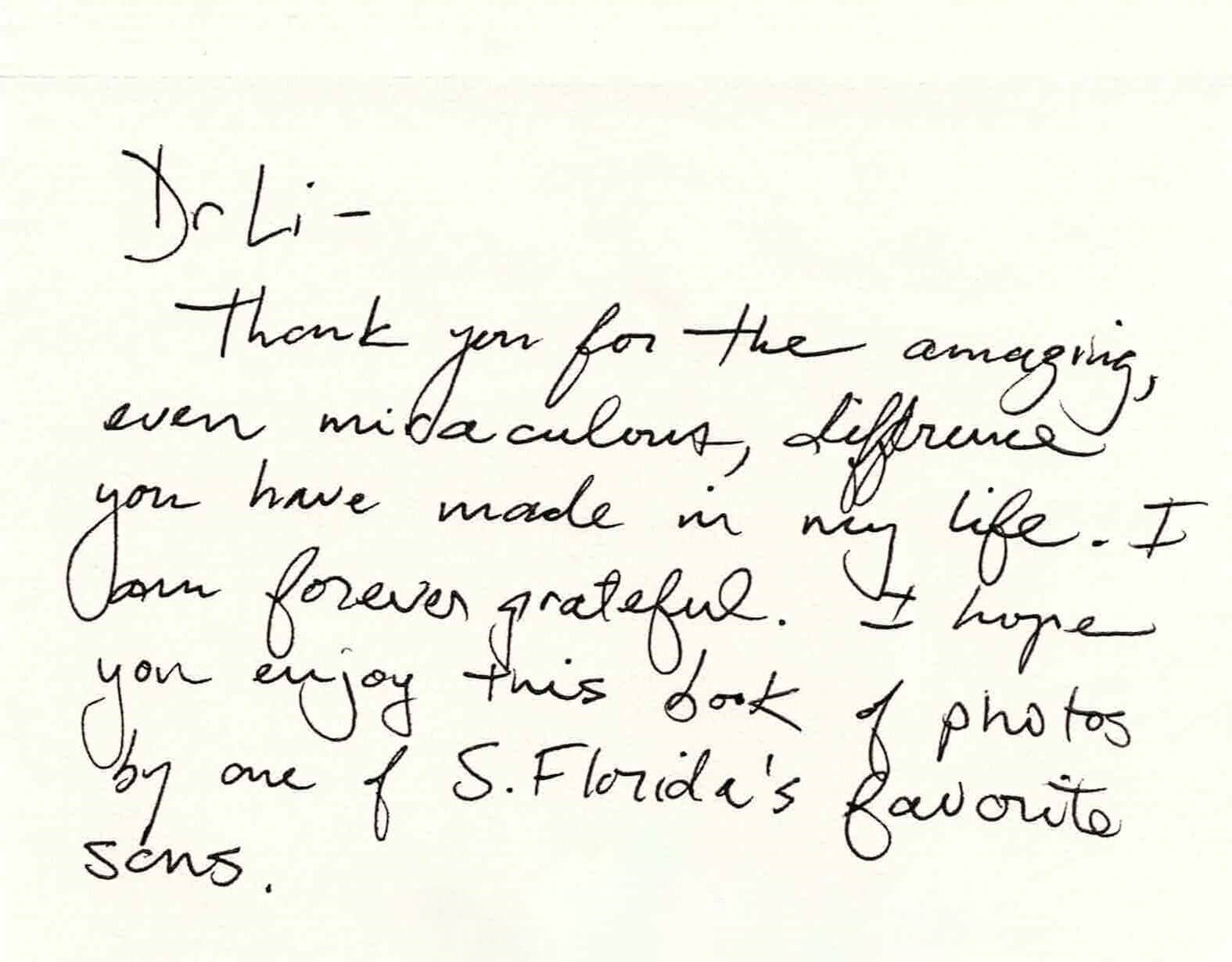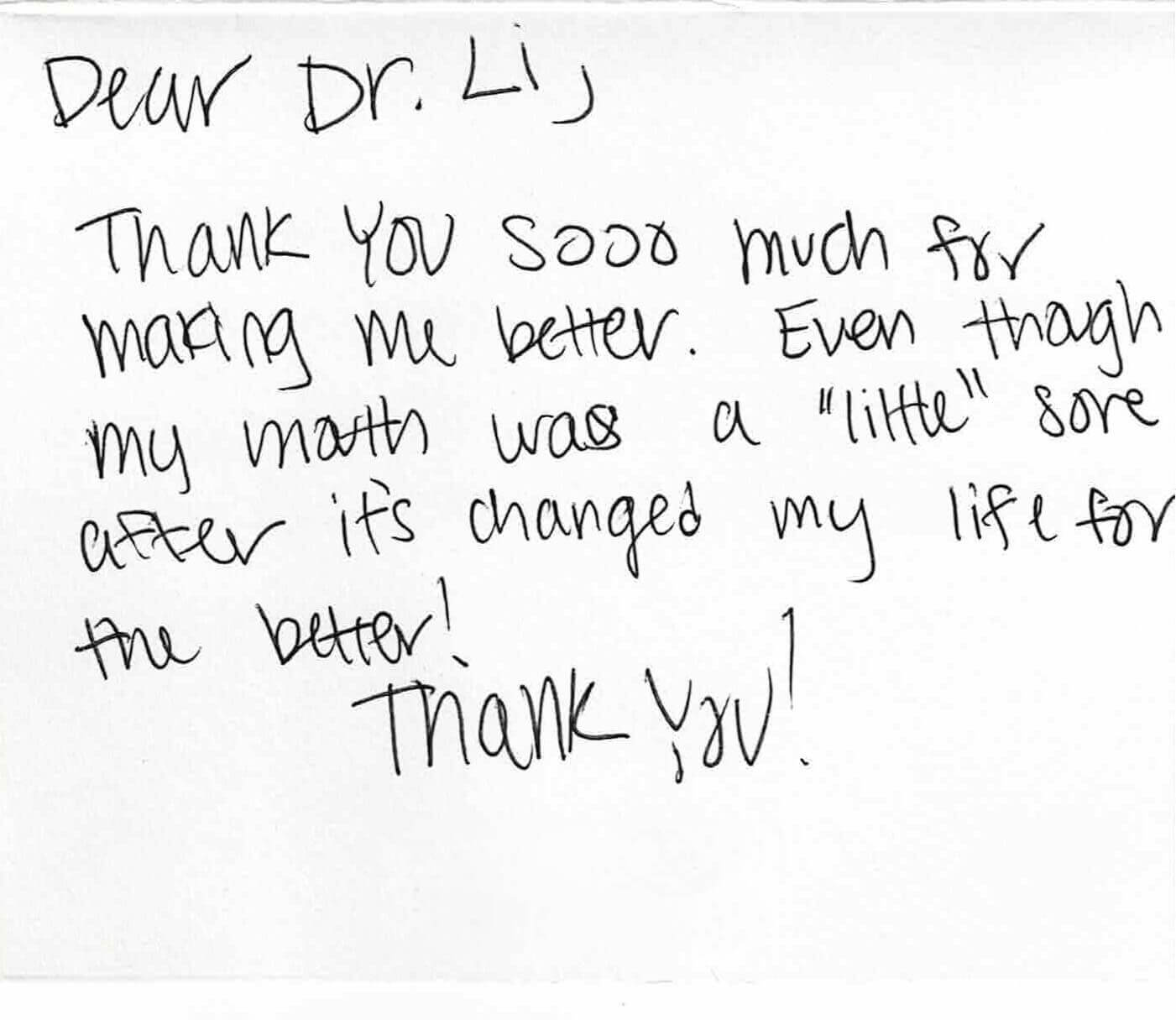WE’VE MOVED!
Our new address is 1174 Castro Street, Suite 112, in Mountain View.
“The most important prognostic factor in surgical outcome is not the age, weight, or OSA severity. It is the surgeon performing the operation.”
– Dr. Kasey Li
“The most important prognostic factor in surgical outcome is not the age, weight, or OSA severity. It is the surgeon performing the operation.”
– Dr. Kasey Li
NASAL
SURGERY
SURGERY
Nasomaxillary
Expansion
Expansion
Maxillomandibular
advancement
advancement
Orthognathic
Surgery
Surgery
NASAL
SURGERY
SURGERY
Overview of Nasal Surgery
Corrective nasal surgery improves nasal patency and thus the comfort of breathing throughout the day and during sleep. Patent nasal surgery reduces mouth breathing and improves the airway during sleep.
Nasomaxillary
Expansion
Expansion
Overview of Nasomaxillary Expansion
In 2004, Dr. Kasey Li and Dr. Christian Guilleminault reported their results of maxillomandibular expansion improving obstructive sleep apnea (OSA). The rationale of the operation is based on the findings that patients with OSA often have narrow jaws, which result in constricted nasal airways and posterior tongue displacement with resultant airway obstruction. By widening the upper and lower jaws, maxillomandibular expansion enlarges the nasal and retropalatal airway, stiffens the soft palate, and thus creates more intraoral space.
Maxillomandibular
advancement
advancement
Overview of Maxillomandibular Advancement
The airway is, in essence, confined by the upper and lower jaws. By moving the upper jaw (maxilla) and lower jaw (mandible) forward, the entire airway can be enlarged. This procedure serves as the most effective surgical treatment for obstructive sleep apnea. It is performed on patients with moderate to severe obstructive sleep apnea as the only treatment, or when other procedures have failed. It is also performed in patients with significant jaw deformity that contributes to obstructive sleep apnea.
Orthognathic
Surgery
Surgery
Overview of Orthognathic Surgery
Orthognathic surgery involves surgery of the maxilla and mandible. Since the maxilla and mandible are in intimate association with the surrounding teeth as well as structures of the face and airway, the position and size of the maxilla and mandible significantly influence the dental occlusion, facial esthetics and airway dimension. Therefore, indication(s) for considering orthognathic surgery in order to improve the size and position of the maxilla and mandible are invariably aimed at improving dental occlusion, facial esthetics and airway dimension.
Sleep Apnea Surgery: 23 Years of Collaboration Between Drs. Christian Guilleminault and Kasey Li
In recognition of Dr. Kasey Li’s contribution in advancing the surgical treatment of OSA, a unique journal was published by Société Française d’Orthopédie Dento-Faciale. The book focuses on over two decades of the collaborative work between Drs. Kasey Li and Christian Guilleminault.
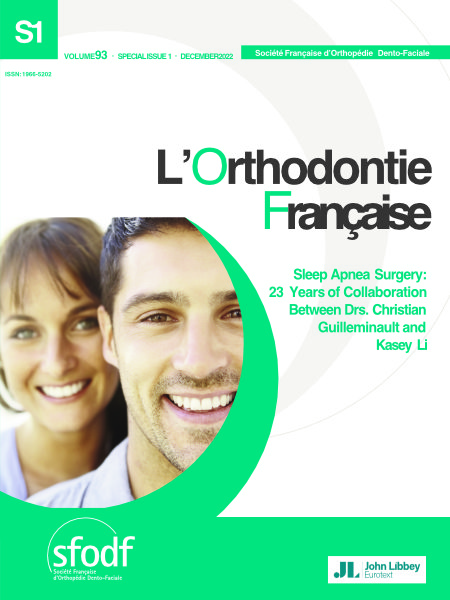
- Intro & Forward
- Interview with Christian Guilleminault, Michèle Hervy-Auboiron, Yu-Shu Huang and Kasey Li
- Surgical and non-surgical maxillary expansion: expansion patterns, complications and failure (Kasey Li, Christian Guilleminault)
- Persistent pediatric obstructive sleep apnea treated with skeletally anchored transpalatal distraction (Kasey Li, Tomonori Iwasaki, Stacey Quo, Connor Li, Kara Young, Eileen Leary, Christian Guilleminault)
- Maxillomandibular Advancement for OSA: Serious Complications and Failures (Kasey Li, Christian Guilleminault)
- Nasomaxillary Expansion by Endoscopically- Assisted Surgical Expansion (EASE): An airway centric approach (Kasey Li, Tomonori Iwasaki, Stacey Quo, Eileen B. Leary, Connor Li, Christian Guilleminault)
- Should Mandibular Symphyseal Distraction Osteogenesis be considered in OSA Surgery? (Kasey Li, Christian Guilleminault)
- Maxillomandibular Advancement for OSA: A 25-year perspective (Kasey Li, Jon-Erik Holey, Christian Guilleminault)

"Primum non nocere (first, do no harm) must be the guiding principle in surgery. The primary goal of a caring and qualified surgeon is to approach and plan to avoid any complications for the patient, as operations are performed to improve a patient’s health and their quality of life."
Patient Experiences
EASE/TPD
With quite minimal side effects of short duration, this operation significantly improved my nasal and retropalatal obstruction.(Male, 33)
Read MoreNASAL SURGERY
I had a fantastic experience with Dr. Li and everyone in his office throughout the full process, from initial consultation, right through to recovery.NC (male 27)
San Francisco, California
Read MoreMAXILLOMANDIBULAR ADVANCEMENT/ORTHOGNATHIC SURGERY
Undergoing Maxillomandibular advancement surgery with Dr. Li was one of the best decisions I’ve made in my life. Only seven weeks removed from the operating room and I’m sleeping extremely well.NC MQ (male 31)
San Francisco, California
Read More
Previous
Next
D. Li has published more than 100 scientific articles and book chapters on sleep apnea surgery and maxillofacial surgery, and has, by invitation, lectured widely throughout the United States and abroad as an internationally recognized expert in sleep apnea surgery.
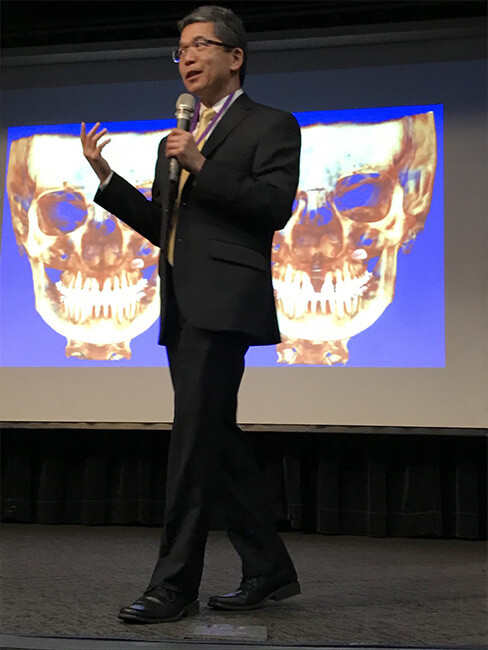
D. Li has published more than 100 scientific articles and book chapters on sleep apnea surgery and maxillofacial surgery, and has, by invitation, lectured widely throughout the United States and abroad as an internationally recognized expert in sleep apnea surgery.
Patient Testimonials
At the Sleep Apnea Center, we value the importance of sleep for general overall health. Our patients have seen their sleep and health change for the better after coming to see one of our specialists. Each story is unique, and we love to be able to share them with you.
